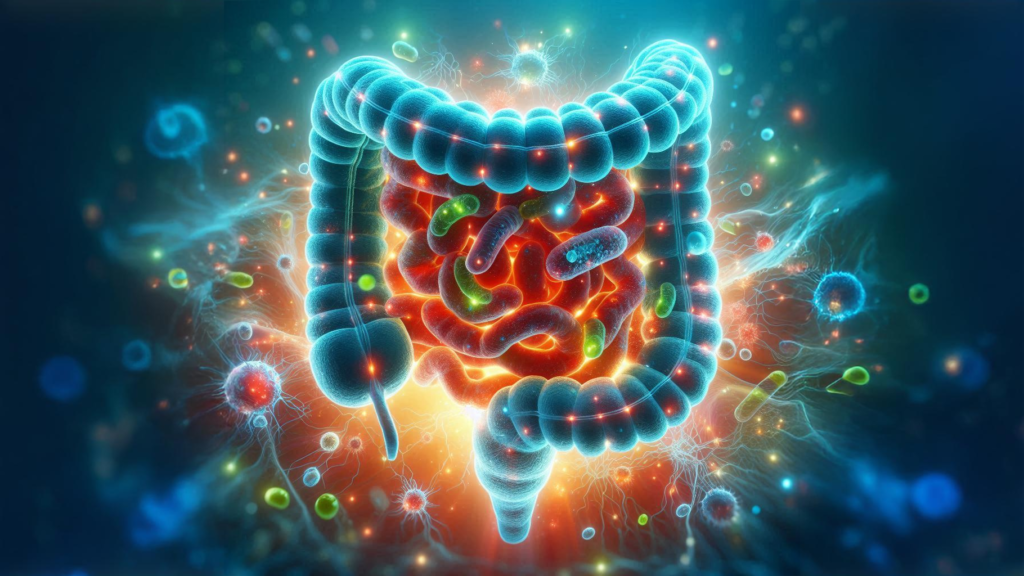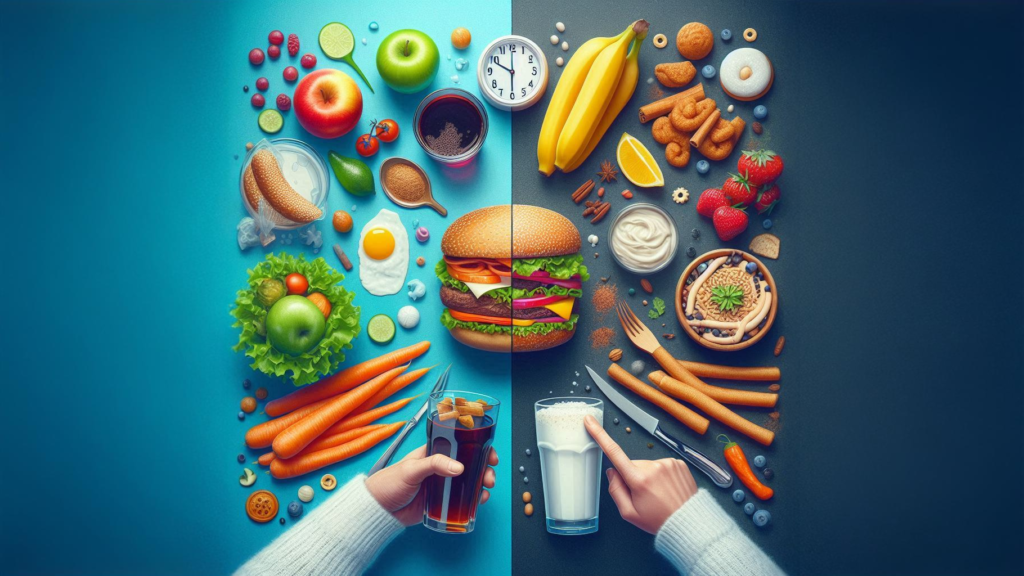What’s Inside This Article: - How intermittent fasting boosts metabolic flexibility - The connection between fasting and gut health - Why fasting isn’t just about skipping meals - How to avoid common pitfalls - Creative fasting schedules for busy lifestyles
Intermittent fasting has exploded in popularity, but most people only associate it with weight loss. What if we told you it’s a gateway to transformative health benefits you’ve never considered? From supercharging your brain to healing your gut, intermittent fasting is more than a diet trend—it’s a science-backed lifestyle shift. Let’s debunk myths, explore hidden perks, and equip you with strategies to thrive.
1. Intermittent Fasting Enhances Metabolic Flexibility
Metabolic flexibility is your body’s ability to switch between burning carbohydrates and fats for fuel. Intermittent fasting trains your system to tap into stored fat reserves when glucose is unavailable, improving insulin sensitivity and reducing chronic inflammation. This adaptability not only supports weight management but also lowers the risk of metabolic disorders like type 2 diabetes.
Tip: Start with a 12:12 schedule (12 hours fasting, 12 hours eating) to ease into metabolic adaptation.Science Backed: Studies link metabolic flexibility to reduced risk of type 2 diabetes [NIH Study]

While metabolic flexibility lays the foundation for physical health, intermittent fasting also works wonders for an often-overlooked system: your gut.
2. Gut Health Gets a Major Boost
Your gut microbiome thrives on balance, and intermittent fasting provides the digestive system with a much-needed rest. During fasting periods, the gut repairs its lining, reduces inflammation, and promotes the growth of beneficial bacteria like Lactobacillus. This leads to better nutrient absorption, reduced bloating, and a stronger immune response.
Tip: Pair fasting with probiotic-rich foods like kimchi or kefir during eating windows.Did You Know? A 2020 study found fasting increases beneficial bacteria [Gut Microbiota Journal]

Beyond physical wellness, intermittent fasting offers unexpected mental and emotional rewards.
3. It’s Not Just About Weight Loss
Intermittent fasting triggers autophagy, a cellular “cleanup” process that removes damaged cells and regenerates new ones. This not only slows aging but also enhances brain function, reducing brain fog and improving focus. Many users report stabilized moods, reduced anxiety, and even protection against neurodegenerative diseases like Alzheimer’s.
Tip: Try a 16:8 schedule to maximize autophagy without extreme restriction.Science Fact: Autophagy may lower Alzheimer’s risk [Nature Journal]

However, intermittent fasting isn’t foolproof—common mistakes can undermine your progress.
4. Avoid These Common Pitfalls
Many beginners overeat during feeding windows, neglect hydration, or ignore hunger cues, leading to fatigue or nutrient deficiencies. For example, breaking a fast with sugary snacks spikes insulin, counteracting metabolic benefits. Staying hydrated with electrolytes and prioritizing protein-rich meals can prevent these issues.
Avoid: Sugary snacks post-fast; opt for protein and healthy fats.Pro Tip: Drink electrolyte-infused water to combat fatigue.
The key to success? Tailoring intermittent fasting to fit *your* lifestyle.
5. Flexibility is Key: Customize Your Schedule
Intermittent fasting isn’t one-size-fits-all. Busy professionals might prefer “early time-restricted feeding” (e.g., 7 AM–3 PM), while others thrive on the 5:2 method (eating normally for 5 days, restricting calories for 2). Experimentation helps you find a sustainable rhythm that aligns with your energy needs and schedule.
For Busy Lifestyles: Try shorter fasting windows initially and gradually increase.
Intermittent fasting is more than a diet—it’s a pathway to holistic wellness. By prioritizing metabolic health, nurturing your gut, and embracing flexibility, you’ll unlock benefits that transcend the scale. Ready to start? Begin small, listen to your body, and celebrate every milestone. Your journey to a healthier, happier you begins now!
MORE FROM HERELMON.COM
Nourishing Your Health: Insights from Recent Nutrition Research
The Power of Self-Care: Building Mental Health Resilience in 2025
Revolutionizing Healthcare: The Future of Health Technology
Prevention is Better Than Cure: The Ultimate Guide to Preventive Healthcare
The Path to Healthy Living: A Holistic Approach to Wellness
Strength in Motion: A Comprehensive Guide to Physical Health
Mastering Your 30-Day Ketogenic Diet Plan for Lasting Wellness










